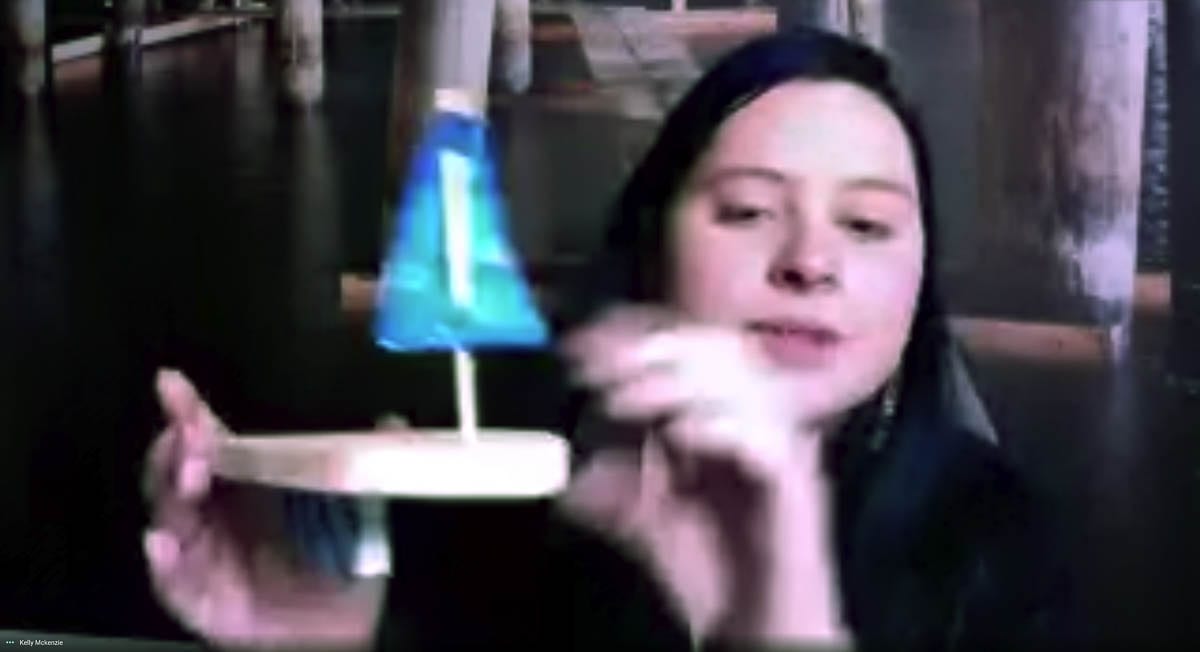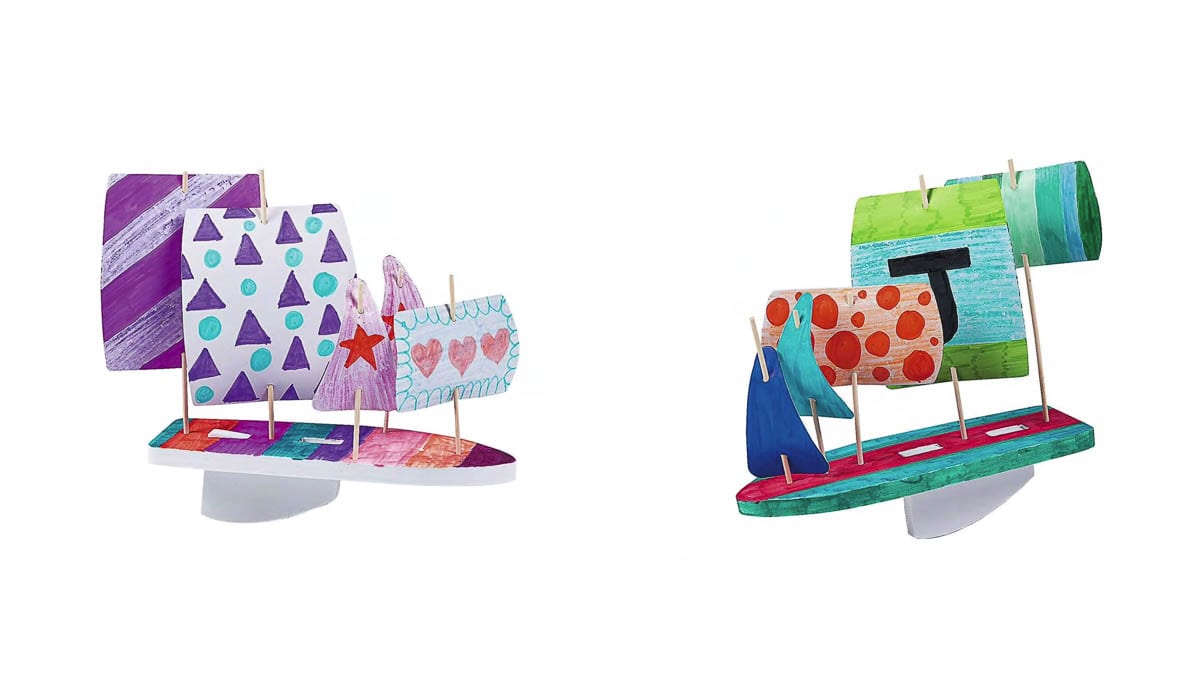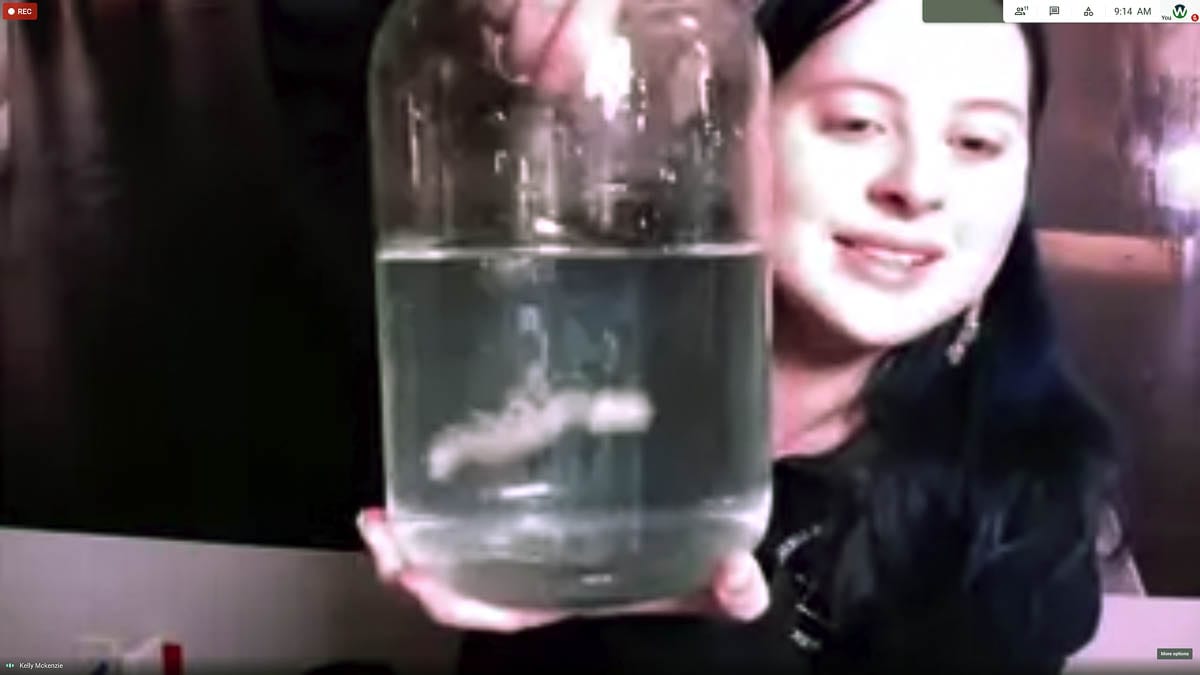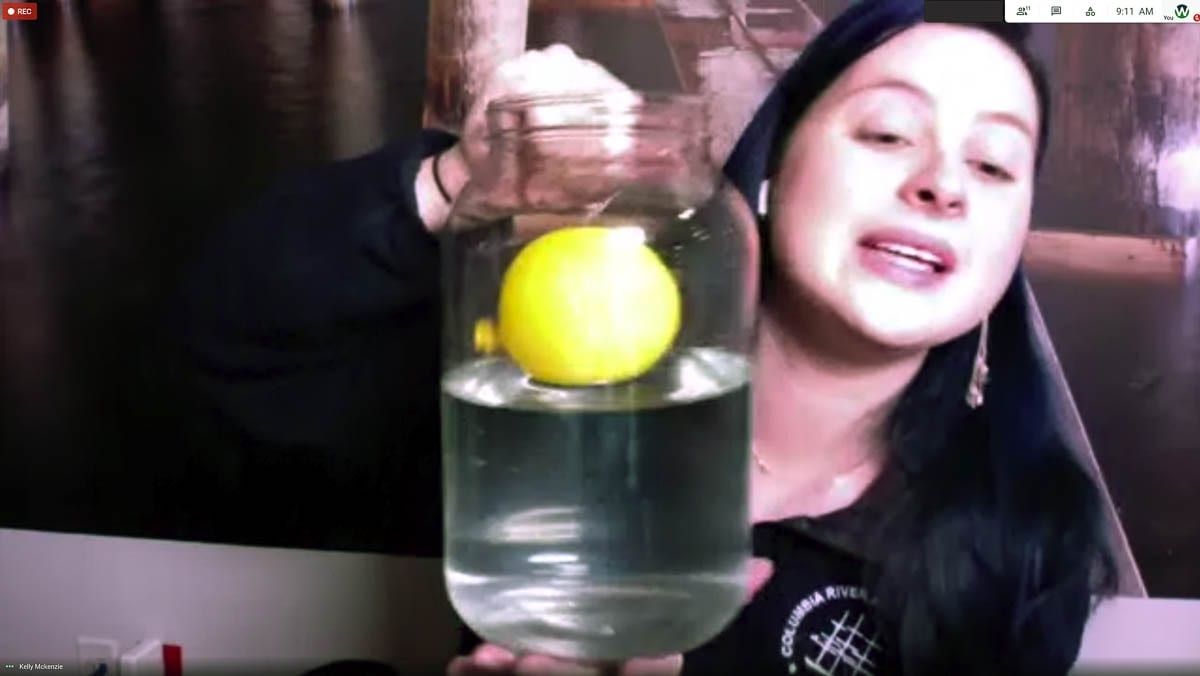Kimberly Miller, a first-grade teacher at North Fork Elementary School, took her students on a virtual field trip to the Columbia River Maritime Museum
WOODLAND — In the middle of a pandemic, Kimberly Miller, a first-grade teacher at North Fork Elementary School, took her students on a field trip to the Columbia River Maritime Museum located in Astoria, Oregon … virtually.

The Columbia River Maritime Museum started offering its Museum in the Schools program to increase educational outreach in 1997. Prior to coronavirus limitations, Kelly McKenzie, one of the museum’s field educators, would travel to schools across nine counties in Oregon and Washington, providing students with engaging, maritime-themed STEAM (Science, Technology, Engineering, Art, and Math) learning opportunities. McKenzie still offers the same STEAM-based lessons, however due to COVID prevention measures, she does so by using video conferencing software and by shipping the projects directly to schools.

For Miller’s class, McKenzie presented a lesson about boat building where she walked the students through concepts like buoyancy to explain how something as large and heavy as a cargo ship can still float on water. First, McKenzie asked students to participate in an experiment. She showed students a variety of items including inflated balloons, a glue stick, a toy car, a pair of sunglasses, a crayon, and several more. Then, she asked the students to act like scientists, making hypotheses for each item explaining if they thought the item would float and why.

Before McKenzie dropped each item in a large glass vase of water one-by-one, she would call on students and ask for their hypothesis. She would then drop the item and students would discover the answer to their hypothesis, sometimes being surprised when an item they thought would not float – such as the glue stick and the crayon – ended up floating.
“In some cases, the reason for the item’s buoyancy – its ability to float – is trapped air, like in the case of the glue stick which was partially used and had air sealed in the container,” explained McKenzie to the students. “In other cases, the atoms and molecules that make up an item are so separated – like the wax in a crayon – that the item can float even if it feels solid.”

McKenzie asked the class if they thought extremely heavy things could float. Many of the students answered that they thought they would sink. Then, McKenzie showed a photograph of a huge cargo ship floating down the Columbia River near Astoria.
“A variety of different scientific concepts explain how incredibly heavy objects can float,” she said. “The reason this ship floats is because the molecules making up the ship are spread apart, providing it with buoyancy and allowing to carry tons of cargo.”
McKenzie then walked the students through a STEAM-based project where each student built their own boat. The maritime museum provided each student with a free kit to build their real floating model boats. Before building their boats, the students decorated their boats with crayons and markers. After the decoration process, McKenzie guided students through the boat construction. At the end of the class, the students excitedly thanked McKenzie for her time and the project.
About the Museum in the Schools Program
The Columbia River Maritime Museum’s Museum in the Schools program offers several different presentations supporting Common Core and Next Generation Science Standards for students in grades K-5. The programs and materials are provided free-of-cost to elementary schools across Oregon and Washington. To learn more about the program, visit the museum’s website at www.crmm.org.
Learn more about how Woodland Public Schools educates students and serves the community, by visiting our dedicated news webpage at www.woodlandschools.org/news/wsd
Stay informed with the latest updates about the eventual transition from remote learning to in-person learning and more about COVID-19 at Woodland Public Schools’ dedicated website: www.woodlandschools.org/covid-hq
Information provided by Woodland School District.




